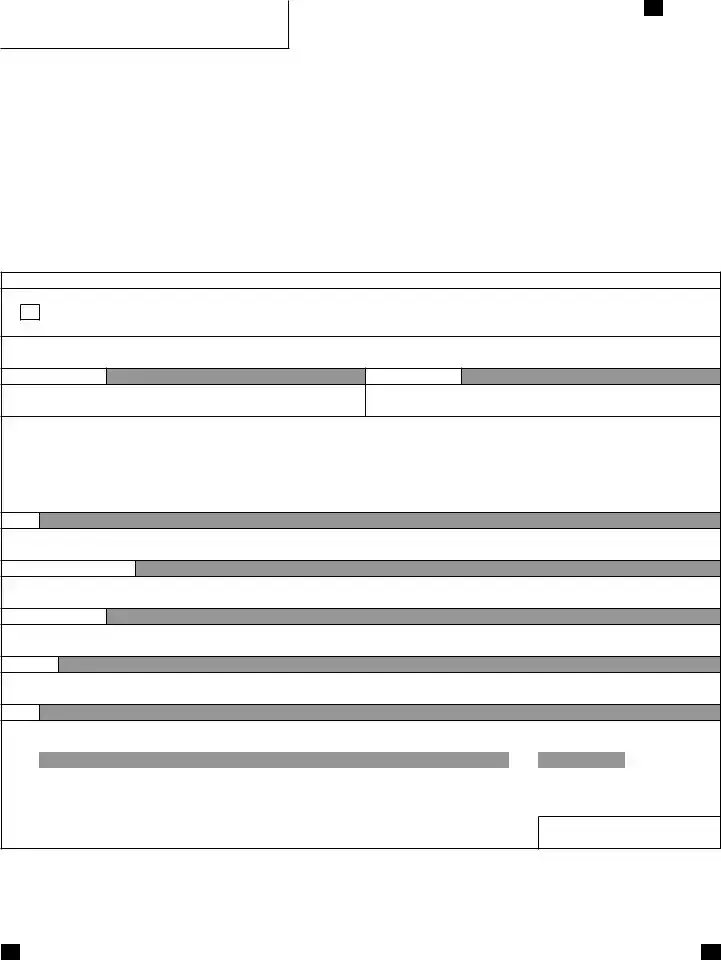What is the purpose of the Colorado DR 0106EP form?
The Colorado DR 0106EP form serves as a means for nonresident individuals, included in a composite filing through Form 106, to make estimated tax payments on income earned from Colorado sources. This is necessary when income is not subject to withholding and is aimed at ensuring that the state receives its due taxes on all income generated within Colorado by those who do not reside in the state. The process helps to avoid underpayment of taxes and the potential for facing penalties at the end of the tax year.
Who needs to file the DR 0106EP form?
Nonresident individuals who expect to owe more than $1,000 in Colorado tax for the year, after accounting for any withholding or refundable credits, are required to file the DR 0106EP form. This requirement applies to each individual included in the composite return, ensuring that all appropriate estimated tax payments are made in a timely and accurate manner for income derived from sources within Colorado.
How do I calculate the estimated tax payments using the DR 0106EP worksheet?
To calculate estimated tax payments using the DR 0106EP worksheet, individuals should first determine their estimated Colorado taxable income. Then, by applying the current Colorado income tax rate of 4.63%, calculate the estimated Colorado income tax. After deducting any applicable Form 106CR credits from this amount, the net estimated tax due can be determined. This worksheet aids in calculating what should be paid each quarter, ensuring compliance with state tax requirements.
When are the estimated payments due?
Estimated tax payments for the Colorado DR 0106EP are due in four installments throughout the tax year. The first payment is due by April 15, followed by the second payment on June 15, the third payment on September 15, and the final payment on January 15 of the following year. These due dates ensure that estimated tax obligations are spread evenly across the year, helping to alleviate a large one-time tax burden.
What happens if I fail to make estimated tax payments?
Failing to make the required estimated tax payments, or making late payments, can result in an Estimated Tax Penalty. The state of Colorado calculates this penalty for each missed or late payment based on specific guidelines. However, exceptions are extended to farmers and fishermen who file and pay in full by March 1. To avoid these penalties, it’s important to adhere to the due dates and ensure that payments are made correctly and on time.
Can I make my estimated tax payments electronically?
Yes, Colorado encourages nonresident individuals to make their estimated tax payments electronically through two main methods: Revenue Online service and Electronic Funds Transfer (EFT). Both methods offer a secure and efficient means of submitting payments, with the ability to schedule payments in advance, ensuring they are received by the due dates. Pre-registration is required for EFT payments, while Revenue Online might involve a nominal processing fee. Utilizing these electronic payment options not only simplifies the process but also helps in avoiding delays and potential issues associated with paper coupons.

